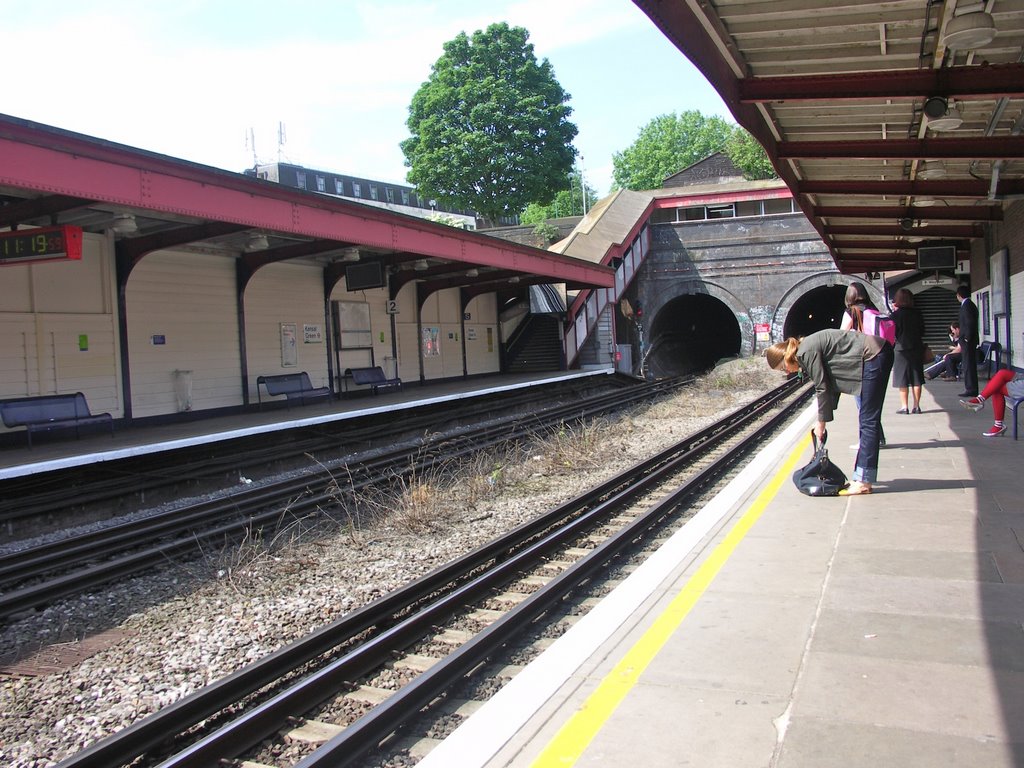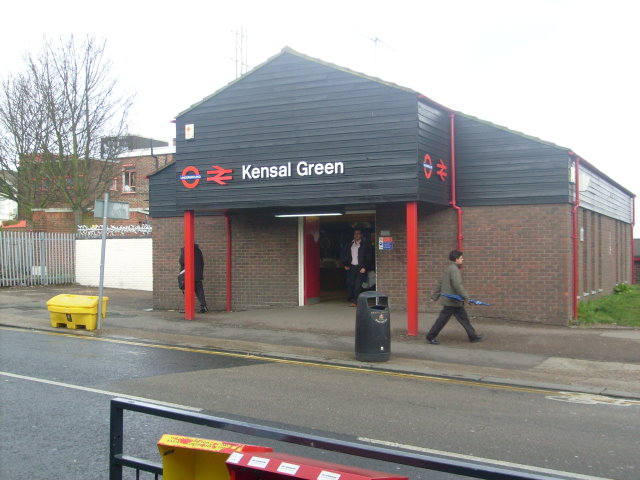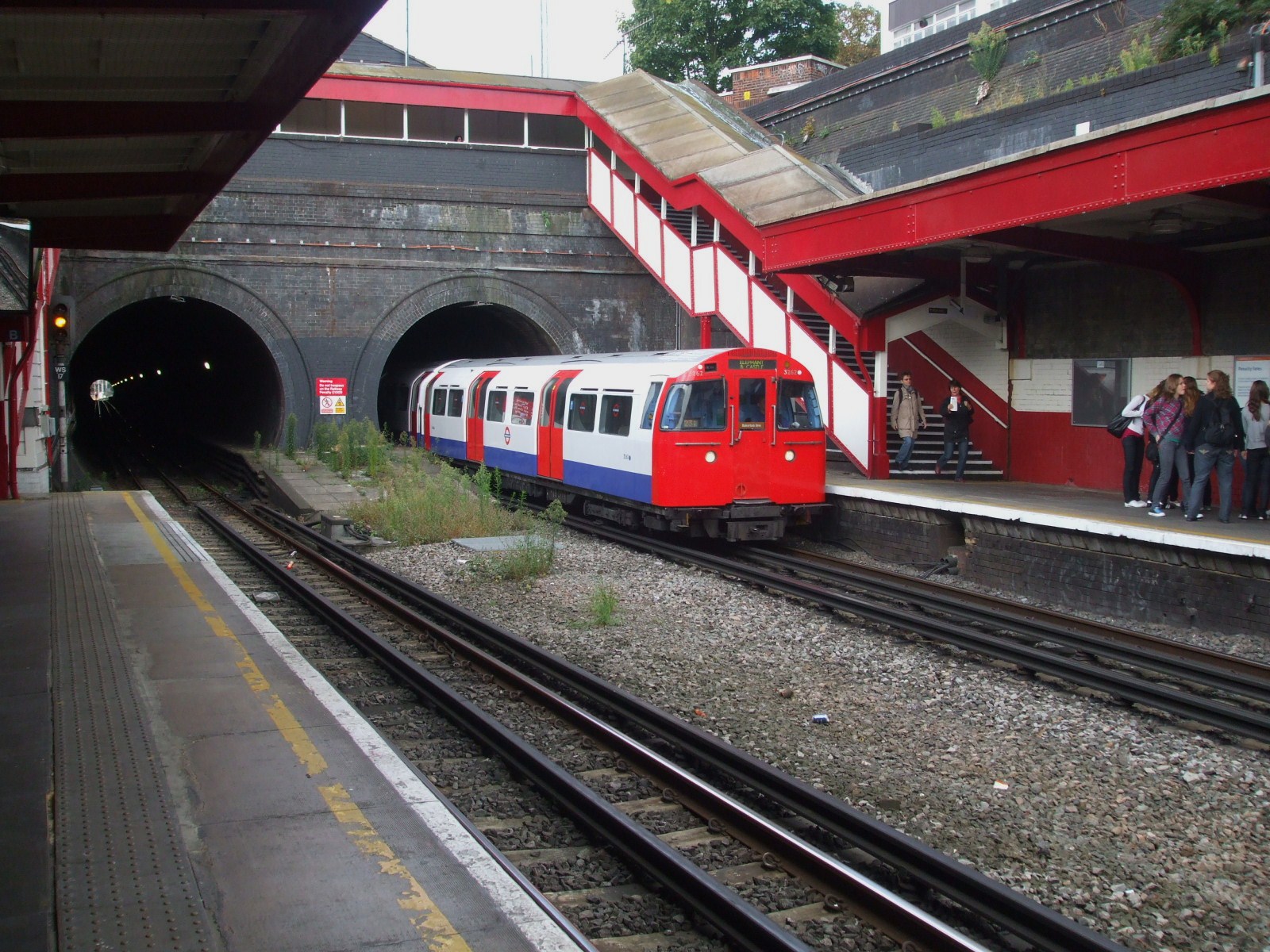Kensal Green is first mentioned in 1253, translating from old English meaning the King’s Holt (King’s Wood). Its location marked the boundary between Willesden and the then Chelsea & Paddington, on which it remains today. It formed part of one of ten manors, most likely Chamberlayne Wood Manor, named after Canon Richard de Camera (of the Chambers). In the 15th century the then Archbishop of Canterbury Henry Chichele (1414–1443), acquired lands in Willesden and Kingsbury. In 1443 he found All Souls' College, Oxford and endowed it with the same lands in his will. As a resultant, most of Willesden and Kensal Green remained largely agricultural until the mid-1800s, well into the Victorian era. In 1805, the construction of the Grand Junction Canal passed through the district to join the Regent's Canal at Paddington. As the combined Grand Union Canal, this allowed passage of commercial freight traffic from the Midlands to London Docks, and hence onwards to the River Thames.
The station opened on 1 October 1916 on the New Line on the north side of the existing London and North Western Railway (LNWR) tracks from Euston to Watford. Bakerloo line services had been running between Queen's Park and Willesden Junction since 10 May 1915. The original station was replaced in 1980. In 1901, its major carriage washing and servicing facilities and locomotive depot were developed at Old Oak Common, bringing further employment and more immigrants to the district. The first major immigrant population had been Irish people post the Potato famine, and then post World War I. In World War II, due to the railway facilities, the district suffered greatly from German Luftwaffe bombing. The area was also in the news for the wrong reasons in 1904 as a result of the notorious Crossman trunk murders. Given the widespread publicity local residents campaigned for the existing name of the road, Ladysmith Road, to be changed to Wrentham Avenue. The station has help points and a bridge.
Connections: London Overground. London Buses route 18 and night route N18 serve the station.


